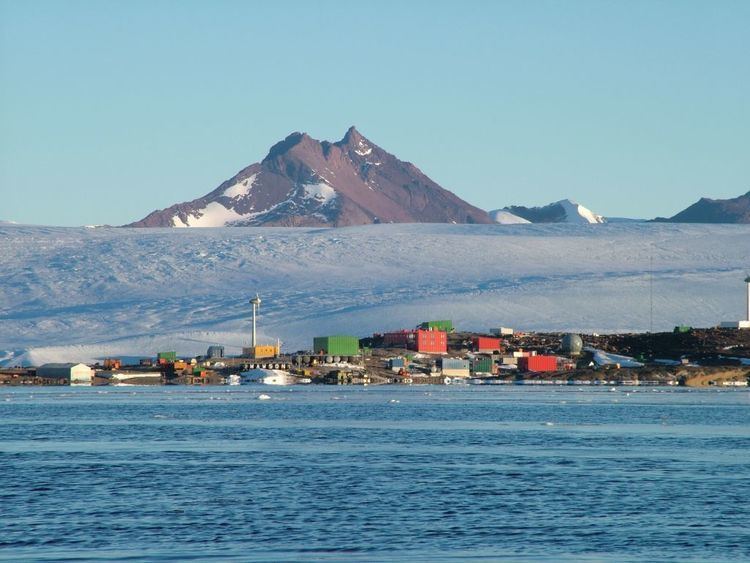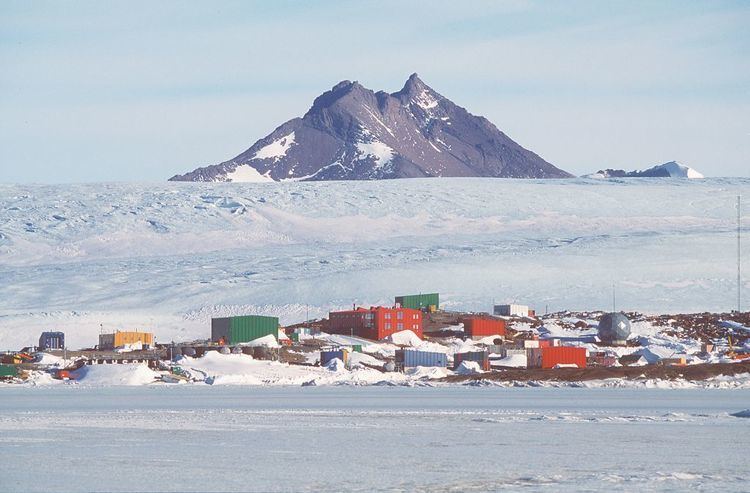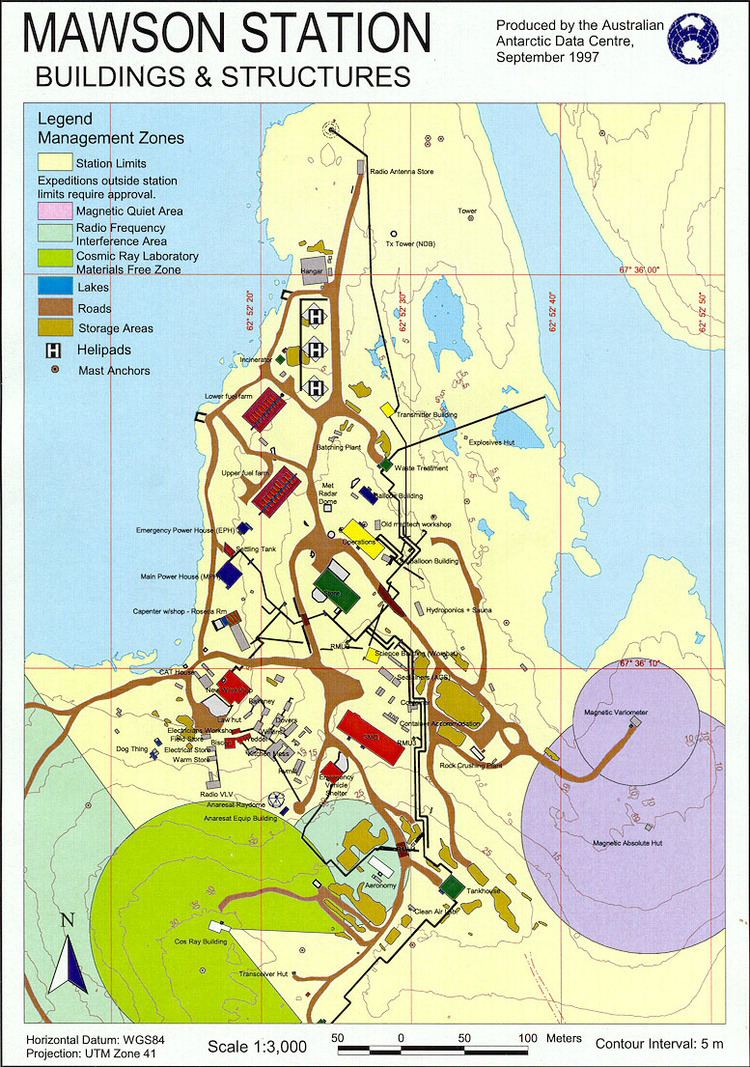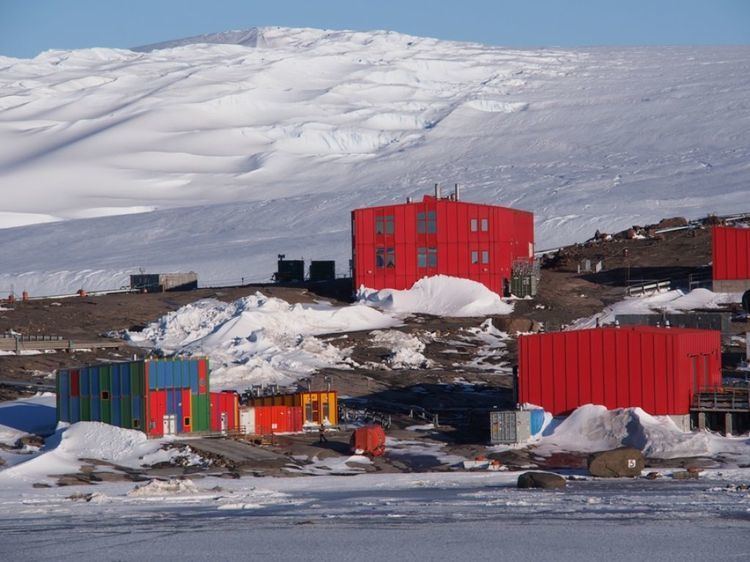Subdivision Mac Robertson Land | ||
 | ||
Established 13 February 1954 (1954-02-13) | ||
The Mawson Station, commonly called Mawson, is one of three permanent bases and research outposts in Antarctica managed by the Australian Antarctic Division (AAD). Mawson lies in Holme Bay in Mac Robertson Land, East Antarctica in the Australian Antarctic Territory, a territory claimed by Australia. Established in 1954, Mawson is Australia's oldest Antarctic station and the oldest continuously inhabited Antarctic station south of the Antarctic Circle.
Contents

Mawson was named in honour of Antarctic explorer Sir Douglas Mawson.
Mawson was listed on the Register of the National Estate in 2001 and listed on the Commonwealth Heritage List on 22 June 2004, reflecting the post-World War Two revival of Australia's scientific research and territorial interests in Antarctica. .

Purpose

Mawson Station is a base for scientific research programs including an underground cosmic ray detector, various long-term meteorological, aeronomy and geomagnetic studies, as well as ongoing conservation biology studies, in particular of nearby Auster rookery, a breeding ground for emperor penguins and Adélie penguins.

Mawson Station houses approximately 20 personnel over winter and up to 60 in summer. It is the only Antarctic station to use wind generators for over 70% of its power needs, saving over 600,000 litres (130,000 imp gal; 160,000 US gal) of diesel fuel per year. It is accessible by sea for only a short period each austral summer, between February and March.
History

In 1946, the Minister for External Affairs, H.V. Evatt indicated his support for a proposal by Douglas Mawson for the establishment of a permanent Australian base in Antarctica. It was another seven years before a suitable ship, the Kista Dan could be chartered to set up facilities on the southern continent.
The station site was chosen in 1953 by Dr. Phillip Law, first director of the AAD, who drew aerial photographs taken during the U.S. Operation Highjump (OpHjp) of 1946-1947 to select the site for its large natural harbour (Horseshoe Harbour) and permanently exposed rock for building. The station was built during 1954. Some of the small pre-fabricated huts used in the first years remain on the station, but these are overshadowed by large steel-framed modular buildings dating from a major rebuilding program which started in the late 1970s.
Geography
Mawson Station is located at Holme Bay in Mac Robertson Land, East Antarctica, named in January 1930 by Sir Douglas Mawson during the first British Australian and New Zealand Antarctic Research Expedition (BANZARE) voyage, aboard Discovery. It is in a region which Mawson proclaimed as British territory on several occasions in 1930 and 1931 (including at Proclamation Island, Scullin Monolith and Cape Bruce), and later became Australian Antarctic Territory.
Some notable geographic features in the region include the Framnes Mountains, which form the dramatic backdrop to Mawson Station. The Framnes Mountains were named in the 1930s by Norwegian explorers financed by the shipowner and whaling magnate Lars Christensen.
Further away, to the northwest, lie the Napier Mountains, which were first visited by an ANARE survey party from Mawson Station in 1960. The survey party was led by Syd Kirkby, and included Terence James Elkins. The highest peak of this small range is Mount Elkins, which was named after Terence James Elkins, ionospheric physicist with ANARE at Mawson Station in 1960.
Climate
Mawson Station experiences a Polar climate:
